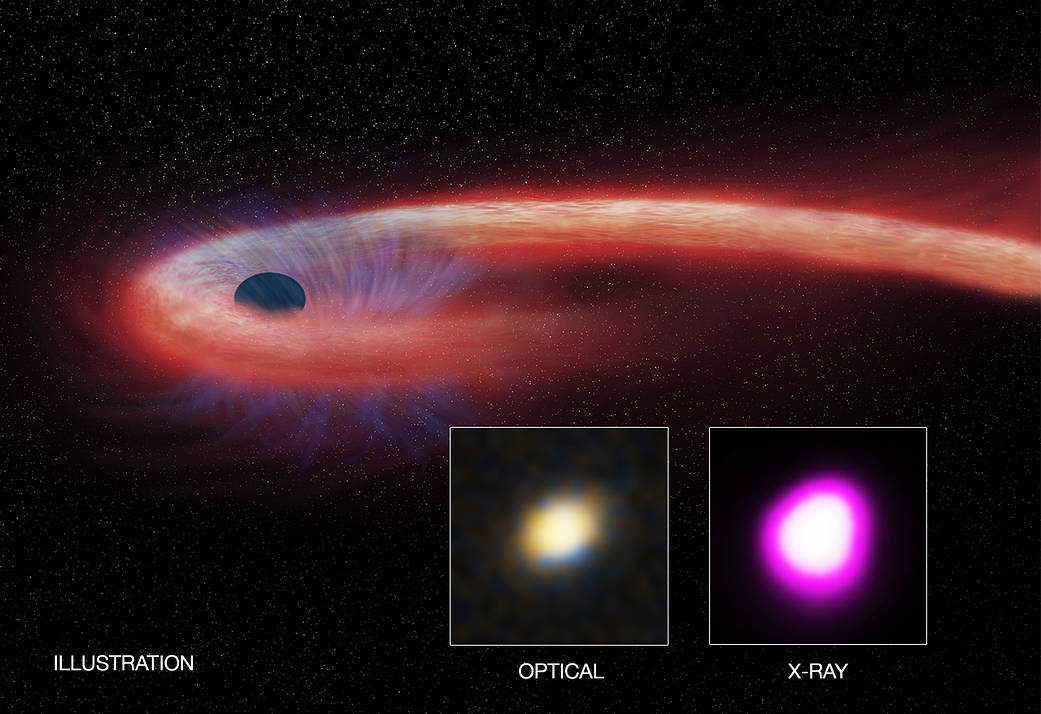
Many dynamic phenomena in the universe occur over a period of seconds to years. Events with quickly evolving signals include the explosions of Type 1a supernovae, the destruction of stars passing too close to a black hole, and the merger of neutron stars. Some transient phenomena, like Type Ia supernovae, release light in such a reliable way that they can be used as standard reference events to study the evolution of the universe. Other events provide information about matter in extreme environments and at very high energies. These phenomena may be observed not just through their electromagnetic emission, but also through the generation of particles or gravitational waves. For example, a merger of two neutron stars first detected as a gravitational wave event, GW170817, was subsequently observed across the electromagnetic spectrum. Fluctuations in the energetic matter streaming out from the vicinity of a black hole in the center of a galaxy, the flaring blazar TXS 0506+056, produced both neutrinos detected by IceCube and high-energy gamma rays. Several new instruments promise to bring an explosion of data for the study of transient phenomena in the universe.
[Image Credit: Illustration: CXC/M. Weiss; X-ray: NASA/CXC/UNH/D. Lin et al, Optical: CFHT. ]